Laser measurement principle of flat foot 3D measuring instrument
1. Laser ranging and 3D modeling technology
Laser emission and reflection capture
The measuring instrument projects dense laser beams to the surface of the foot through a laser transmitter, and uses the laser phase difference or time-of-flight principle to calculate the time difference from the emission to the reflection reception of the laser beam, so as to accurately obtain the spatial coordinates of each point on the surface of the foot.
Through the design of high-speed rotating or array laser head, the foot can be scanned at multiple angles to avoid blind spots.
Point cloud data generation and 3D reconstruction
The laser reflection signal is converted into point cloud data (tens of thousands to hundreds of thousands of points can be captured per second), and then the discrete point cloud is converted into a continuous 3D foot model through 3D reconstruction algorithms (such as triangulation and surface fitting), with an accuracy of up to 0.5mm.
The model includes key parameters such as foot length, foot width, arch height, etc., and can especially clearly present the degree of arch collapse and the geometric characteristics of the sole contact surface.
2. Extraction and analysis of key parameters
Arch morphology quantification
Through the three-dimensional model, the arch index (such as the ratio of arch height to foot length) and arch angle (such as the bending angle of the medial longitudinal arch) are calculated to distinguish physiological flat feet from pathological deformities.
Combined with the distribution of plantar contact area (non-pressure data), it assists in judging the impact of arch collapse on the mechanical structure of the foot.
Dynamic calibration and error control
Multi-sensor fusion technology (such as inertial measurement unit) is used to compensate for the slight shaking of the patient when standing to ensure measurement stability.
Standardized measurement processes (such as standing posture calibration) reduce human errors and improve the repeatability of results.
3. Technical advantages and extended applications
Non-contact high-precision measurement
Avoid the contact measurement errors of the traditional footprint method (such as paper deformation and ink diffusion), especially suitable for patients with sensitive skin or postoperative patients.
Medical diagnosis and correction plan support
Provide millimeter-level arch support data for customized orthotic insoles to optimize the adaptability of corrective appliances.
Supports long-term tracking of arch morphology changes (such as monitoring of children's developmental period) and evaluation of the effectiveness of corrective treatment.

 +86-0755-86131192
+86-0755-86131192 2025-04-18
2025-04-18 Back to list
Back to list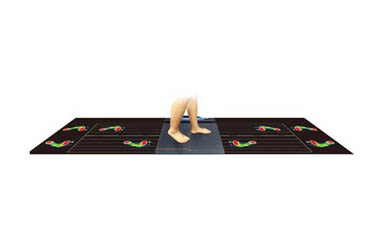
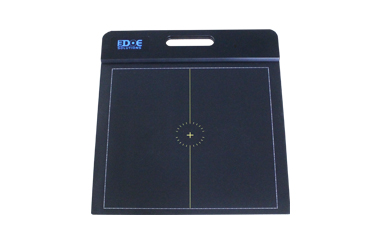

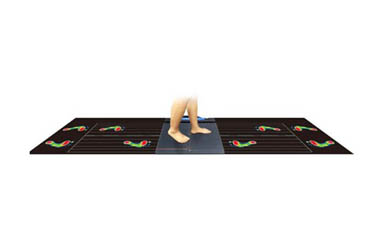
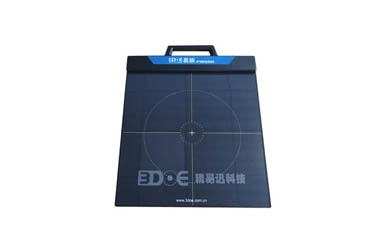
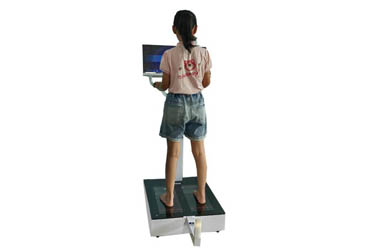



 +86-0755-86131192
+86-0755-86131192